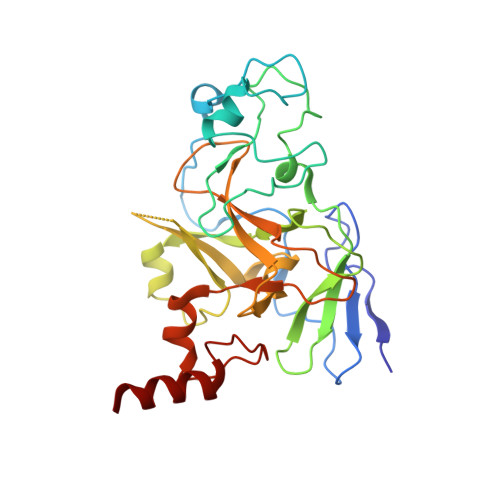Structure-activity relationship studies of G9a-like protein (GLP) inhibitors.
Xiong, Y., Li, F., Babault, N., Wu, H., Dong, A., Zeng, H., Chen, X., Arrowsmith, C.H., Brown, P.J., Liu, J., Vedadi, M., Jin, J.(2017) Bioorg Med Chem 25: 4414-4423
- PubMed: 28662962
- DOI: https://doi.org/10.1016/j.bmc.2017.06.021
- Primary Citation of Related Structures:
5VSC, 5VSD, 5VSE, 5VSF - PubMed Abstract:
Given the high homology between the protein lysine methyltransferases G9a-like protein (GLP) and G9a, it has been challenging to develop potent and selective inhibitors for either enzyme. Recently, we reported two quinazoline compounds, MS0124 and MS012, as GLP selective inhibitors. To further investigate the structure-activity relationships (SAR) of the quinazoline scaffold, we designed and synthesized a range of analogs bearing different 2-amino substitutions and evaluated their inhibition potencies against both GLP and G9a. These studies led to the identification of two new GLP selective inhibitors, 13 (MS3748) and 17 (MS3745), with 59- and 65-fold higher potency for GLP over G9a, which were confirmed by isothermal titration calorimetry (ITC). Crystal structures of GLP and G9a in complex with 13 and 17 provide insight into the interactions of the inhibitors with both proteins. In addition, we generated GLP selective inhibitors bearing a quinoline core instead of the quinazoline core.
Organizational Affiliation:
Department of Pharmacological Sciences, Icahn School of Medicine at Mount Sinai, New York, NY 10029, United States; Department of Oncological Sciences, Icahn School of Medicine at Mount Sinai, New York, NY 10029, United States.

















